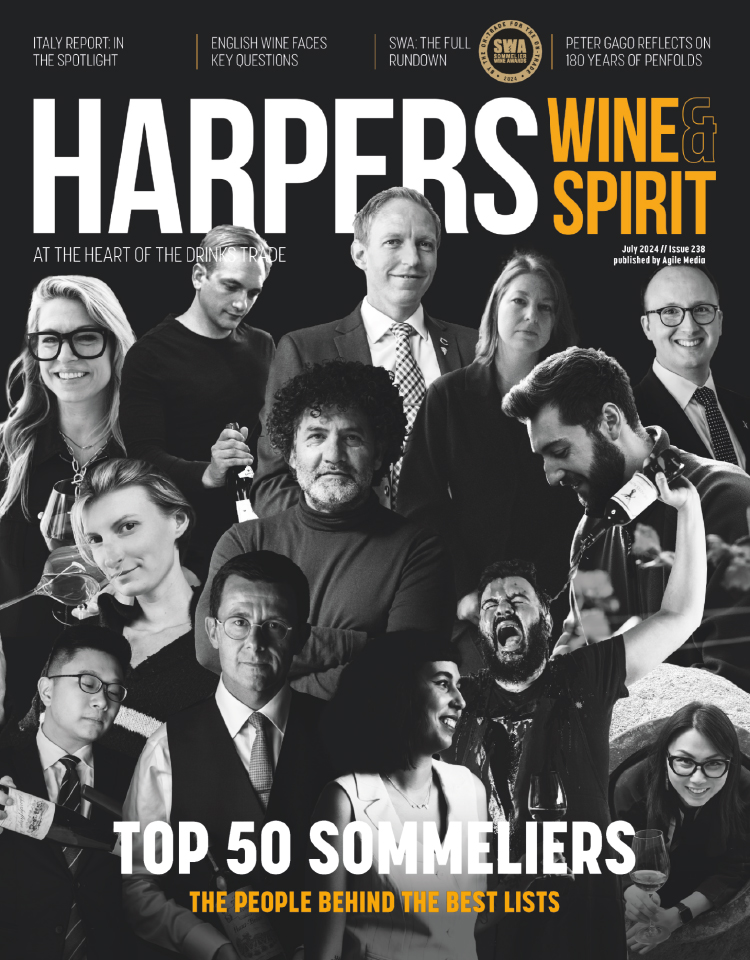JACQUESSON REVOLUTION
By Neil Beckett
Jacquesson has adopted what it describes as a revolutionary concept in non-vintage Champagne' with the introduction of its Cuve No 728 - the first non-vintage Champagne to put quality ahead of consistency. Instead of ironing out vintage variation,' the company said, Jacquesson's new Brut will represent the best possible blend every year.' Speaking at the UK launch of Cuve No 728 in London, two of Jacquesson's partners, Jean-Herv Chiquet and Michael Mackenzie, told Harpers: Making the best possible wine means no more consistency. The compromise involved in making a consistent product is no longer for us. Gone is the concept "Buy the brand".' The new Cuve series replaces the NV Brut Perfection, which, after 150 years, will be gradually phased out over the next four months. The Cuve numbers will be consecutive each year (Cuve No 1 having marked the centenary of the house in 1898). According to Chiquet and Mackenzie, the new Cuve series offers the benefits of vintage and the flexibility of reserve wines'. When the base vintage is good, the aim will be to accentuate its identity and quality through the reserve wines. When it is less successful, blending will compensate for its shortcomings. Reserve wines account for less than one third (32%) of Cuve No 728, most from the 1999 vintage, whose finesse and lightly oxidative character naturally complemented, while leaving intact, the fruit and elegance of the 2000 vintage'. Mackenzie did, however, resist the suggestion that this series is analogous to a second wine, a second vintage', stressing that it is more about individuality and quality than any particular vintage character. At the same time, Tom Fizz' Stevenson was not alone in noting that the density, maturity and vinosity of Cuve No 728 make it taste like a vintage wine. The assemblage (88% grands and premiers crus) is 37% Pinot Meunier, 36% Chardonnay and 27% Pinot Noir and, with a dosage of only 5grams/litre, is technically Extra Brut, though these details will vary from year to year. The wine remained sur lattes for three years. The back label, in English for English-speaking export markets, states the assemblage, dosage and disgorgement date (details that were not present on Brut Perfection labels). While larger houses would find the concept difficult to follow, having at least one new wine each year will help break the perennial silence surrounding branded, non-vintage wines, from which Champagne, Port and Sherry all suffer.







